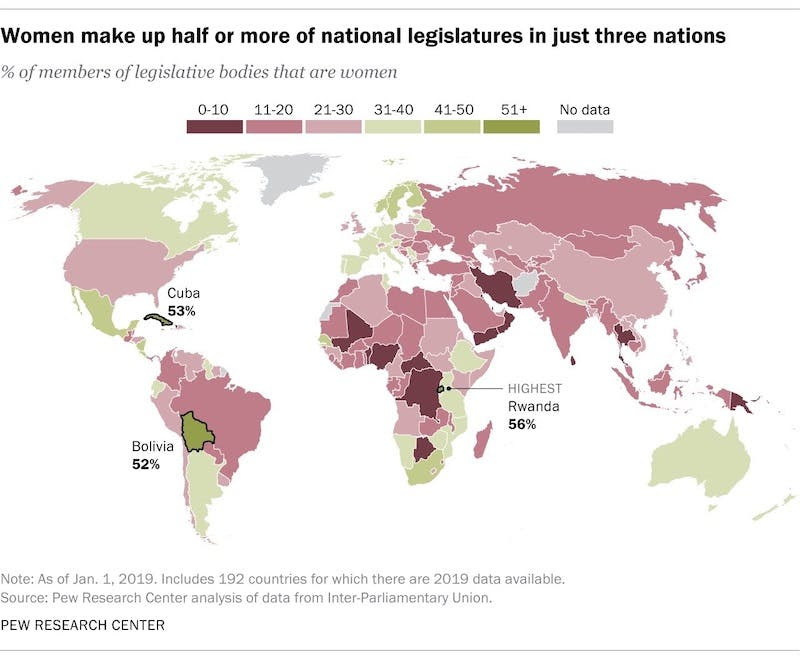path to herd immunity (model)
At the time herd immunity is reached, roughly half of the immunity will be achieved through natural infection, and the other half will be achieved through vaccination… This translates to a final US COVID-19 death toll of roughly 500,000 (±100,000) reported deaths, or ~200,000 additional deaths since mid-December 2020.
Statistics in the Pfizer Data – how good do they show the vaccine to be?
when I first started reading about possible vaccines many months ago, I never found any virologist who predicted we would have a vaccine that was more than than 70% effective. To have a vaccine that is likely about 95% effective for people 18-64 is nothing short of a medical miracle: we really lucked out…
So now let’s look at some individual lines from the table above and tease out just what the signal is. The major line is for people 18-64 and we had enough cases to say that our 94.6% efficacy average for the vaccine has a 95% confidence interval runs from 89.1 to 97.7. So what the biostatisicians who analyzed the data are telling us is that, roughly speaking, if we bet that this vaccine is between 89.1% and 97.7% effective for this group, this is an awfully good way to bet and we will win 95% of the time…
For people 65 to 74, while the average number (92.9%) looks great, the confidence interval is not. It says that what we can say, roughly speaking, that a bet that the efficacy is between 53.2 to 99.8 is a good bet. Or, I would say you really don’t have a great way to bet. This kind of confidence interval says that didn’t have enough cases in this group to really say much at all and so the confidence range is too large to be really useful.
And when we get to people over 75, what they describe isn’t a confidence interval, it’s a joke. A confidence interval of -12.1 to 100 is a lot like saying they threw a bunch of darts at a dart board at random and did everything from hit bystanders (i.e. the vaccine made things worse) to perfect protection. Who would make any bets on what is going on in this situation? They simply didn’t have enough cases to say anything meaningful and so what they say is just totally useless.
In theory, I love to cook. I’ve been reminding myself of this lately, repeating it almost like a mantra,
I’ve never come across a subject so fractal in its complexity. It reminds me of computing that way. A day of programming might involve constructing an elaborate regular expression, investigating a file descriptor leak, debugging a race condition in the application you just wrote, and thinking through the interface of a module. Everywhere you look—the compiler, the shell, the CPU, the DOM—is an abstraction hiding lifetimes of work. Biology is like this, just much, much worse, because living systems aren’t intentionally designed. It’s all a big slop of global mutable state. Control is achieved by upregulating this thing while turning down the promoter of that thing’s repressor. You think you know how something works—like when I thought I had a handle on the neutrophil, an important front-line player in the innate immune system—only to learn that it comes in several flavors, and more are still being discovered, and some of them seem to do the opposite of the ones you thought you knew. Everything in biology is like this. It’s all exceptions to the rule.
Poland Uses Clams To Control Its Water Supply
the main water pump has 8 clams that have triggers attached to their shells. If the water gets too toxic, they close, and the triggers shut off the city’s water supply automatically
AlphaFold predicts the exact shape of proteins

